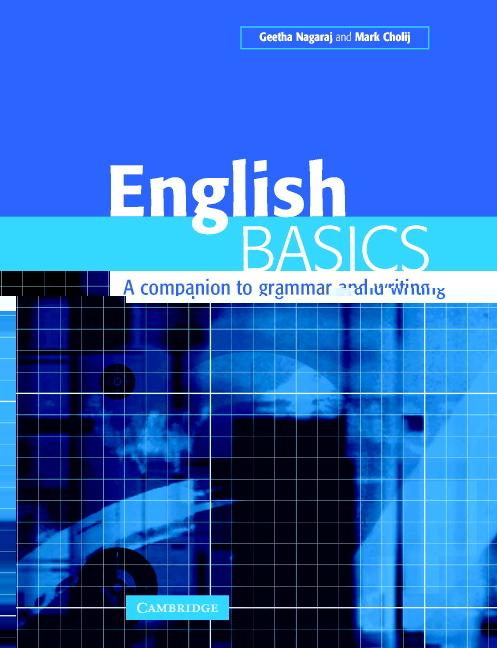
Zustellung: Mi, 09.07. - Sa, 12.07.
Versand in 5 Tagen
VersandkostenfreiBestellen & in Filiale abholen:
Helps learners of British English master key concepts in grammar easily and quickly.
Inhaltsverzeichnis
Introduction; Glossary; UNITS; 1. Adjectives 1; 2. Adjectives 2: Adjectives ending in -ing/-ed; 3. Adjectives 3: Making adjectives negative; 4. Adjectives 4: Adding -er/-est to an adjective; 5. Adverbs 1; 6. Adverbs 2: Forming adverbs; 7. Adverbs 3: Using adverbs; 8. American/British spelling; 9. Apostrophe to show omission; 10. Apostrophe to show possession; 11. As and like; 12. Capital letters; 13. Colons; 14. Commas 1; 15. Commas 2; 16. Commas 3: Commas and relative clauses; 17. Common spelling errors; 18. Comparisons; 19. Concord; 20. Dashes; 21. Direct speech; 22. Emphatic English; 23. Formal English; 24. Greek and Latin roots; 25. Homophones; 26. Hyphen; 27. Informal English 1: Informal speech; 28. Informal English 2: Spoken and written English; 29. Informal English 3: Helpful hints; 30. Irregular verbs; 31. Loan words; 32. Loose English; 33. Negative prefixes; 34. Nouns 1: Noun endings; 35. Nouns 2: Formation and spelling; 36. Passive voice; 37. Plain English; 38. Plurals; 39. Prepositions; 40. Regular verbs in the past; 41. Relative pronouns; 42. Semicolons; 43. Spoken and written English; 44. Starting and finishing a sentence; 45. Suffixes 1; 46. Suffixes 2; 47. Tricky verbs; 48. Unnecessary words; 49. Word endings 1: -ible and -able; 50. Word endings 2: -ent and -ant; 51. Word endings 3: -ary, -ery, -ory, -ury; 52. Word endings 4: -us, -ous, -ious, -eous; 53. Words 1: One word or maybe/may be two?; 54. Words 2: Two words in one; 55. Confusing words 1; 56. Confusing words 2; 57. Confusing words 3; 58. Confusing words 4; 59. Problems of usage.
Produktdetails
Erscheinungsdatum
18. März 2004
Sprache
englisch
Seitenanzahl
218
Autor/Autorin
Mark Cholij, Geetha Nagaraj
Verlag/Hersteller
Produktart
kartoniert
Gewicht
323 g
Größe (L/B/H)
229/152/12 mm
ISBN
9780521520607
Entdecken Sie mehr
Bewertungen
0 Bewertungen
Es wurden noch keine Bewertungen abgegeben. Schreiben Sie die erste Bewertung zu "English Basics" und helfen Sie damit anderen bei der Kaufentscheidung.










